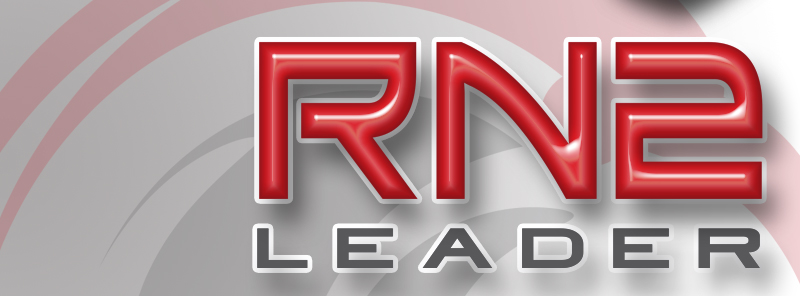
The Cost of Leadership: Perspective Change
This is our continuation on our series about the Cost of Leadership. As professionals, we work to improve and advance our skills, working for a career which will at some point lead to a leadership position. There is a cost when accept leadership as part of your job responsibilities. So far we have covered the cost of leadership and its change on your peer relationships and humbling your pride. If you have not read those 2 blogs, I encourage you to go back and gain an understanding of some impacts of being a leader and what proactive changes you can do to be more effective as a leader.
As you assume leadership in your profession and organization, your view point, your perspective on issues, events, policies, and direction will begin to change. Some of the change comes as your develop your leadership skills, become accustomed to your role, and understand your responsibility to your staff and the organization. Sometimes the transition is seamless, almost insidious, and things go well. Other times, you as the leader because of your lack of knowledge or refusal to grow your perspective become a hindrance to the mission and ineffective as a leader in the organization.
There is a commercial running now which shows a typical office break room with a man standing in the middle of a long ditch in the middle of the room. A coworker tells the man, “Oh, I see you are in a rut.” The man responds by saying, “no, I think I’m in the groove” to which the coworker responds, “hmm, typical rut thinking.”
Perspective change may not seem like such a cost, but it is if you do it correctly.
As you grow in your leadership and organization, the new positions you move into will come with expectations from your bosses and from your followers. Up to this point, your perspective on issues, events, and policies came from your education, experience, and sometimes by observation. When you move into a new leadership position your vantage point, access to information, and ability to hear different leaders opinions should reshape some of your perspective. You learn new things. You have the ability to see things from a different perspective and that should develop you. Changing your perspective takes action on your part.
There is a twist though to the cost of perspective. Not every organization promotes or supports a change in perspective, and sometimes, the perspective change is not worth the effort. Like feedback you receive, feedback should be considered a gift. Some gifts are worth keeping and others you should take back and exchange. Perspective has the same possible outcomes. Perspective needs to change. Sometimes it doesn’t come when it should.
The challenge is many leaders progress but never change their perspective. Similarly when we discussed the cost of leadership and the change required in peer relationships. You want to be a “leader” of the people and to many leaders that means they maintain their “people” perspective and don’t mature into a leader perspective. The failure of a leader to not grow and develop in their perspective means they are no different than their followers…or the people. How sad it is then not to have a leader growing and making positive change for the people, followers, they are responsible for because they refuse to develop and grow their perspective.
One other challenge with leaders who do not grow and develop their perspective, they become part of a toxic work environment and create the situation where status quo and failure become accepted outcomes. An under developed perspective means you don’t have a vision in line with the organization. It additionally means you have not created an opportunity for those you are responsible for to grow and mature in their leadership. You present the paradigm which is to continually repeat what has always been done. Strength in failure is a shining example of a leader who has not developed and grown their perspective on the issues, events, and policies of their organization.
Leaders have some simple steps to take to ensure they are growing in their responsibility to their followers and their organization and maturing their perspective for their continued professional development:
- Understanding. Realize and accept with each new position there comes a growth time in your perspective. You should be expecting it and prepared to put work into your development.
- Acceptance. You are changing and growing. That can be painful for you. And challenging to those you used to work with as your perspective will begin to change. Accept that there will be more changes in relationships and some friction and disagreements. Your growth is an opportunity for you to lead and grow your team too.
- Advocate. Help your team to grow as well. Too many leaders hoard or dole out in pieces of their choosing information which has come to them in their new positions. This power struggle means those below you never have the opportunity to understand what is going on and hampers their growth. Ultimately, it disrespects them as a valued member of your team. Help them to understand all you are learning and promote their growth as well.
One more time, leading is tough. The cost to changing your perspective means you should become more connected to the people you lead and more involved in the organization and its purpose. Perspective change means your leadership development continues to grow, your responsibility to the organization matures, and your followers get the best they deserve in a leader who values them!
Leading with you,
Dean
Take a moment and share this with a leader friend!
Visit us at RN2Leader.com and “Like” us on Facebook!

 Previous Post
Previous Post Next Post
Next Post


